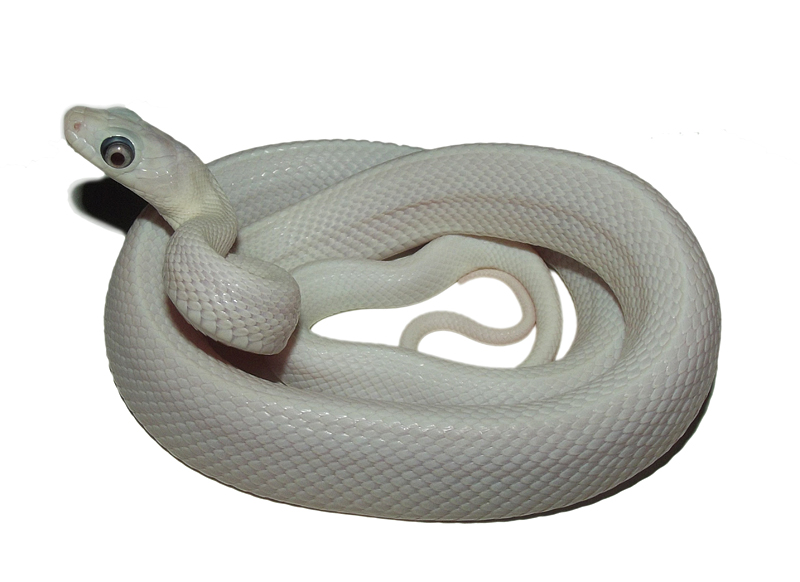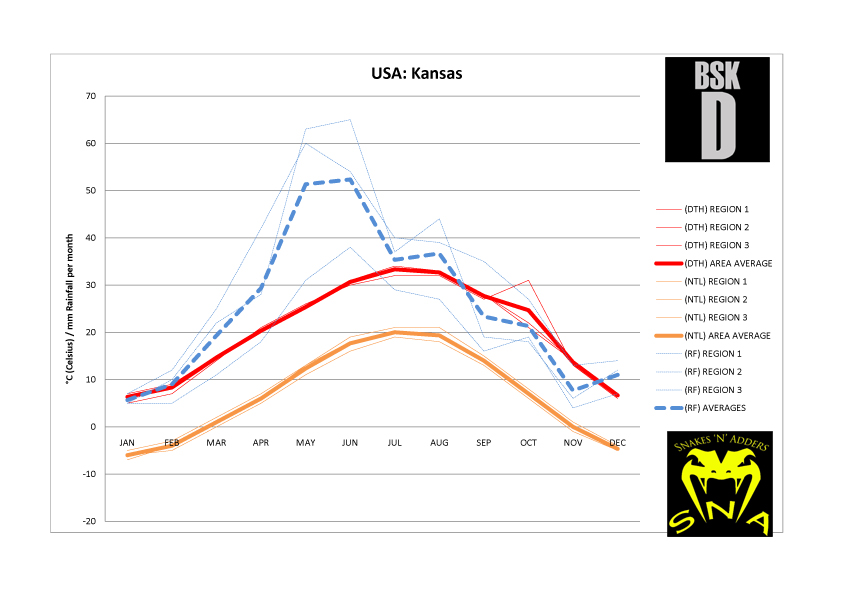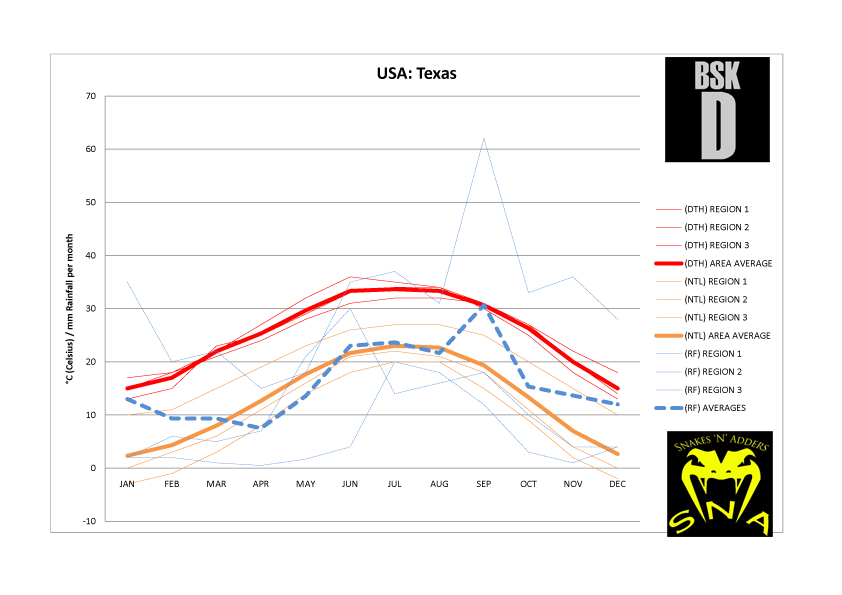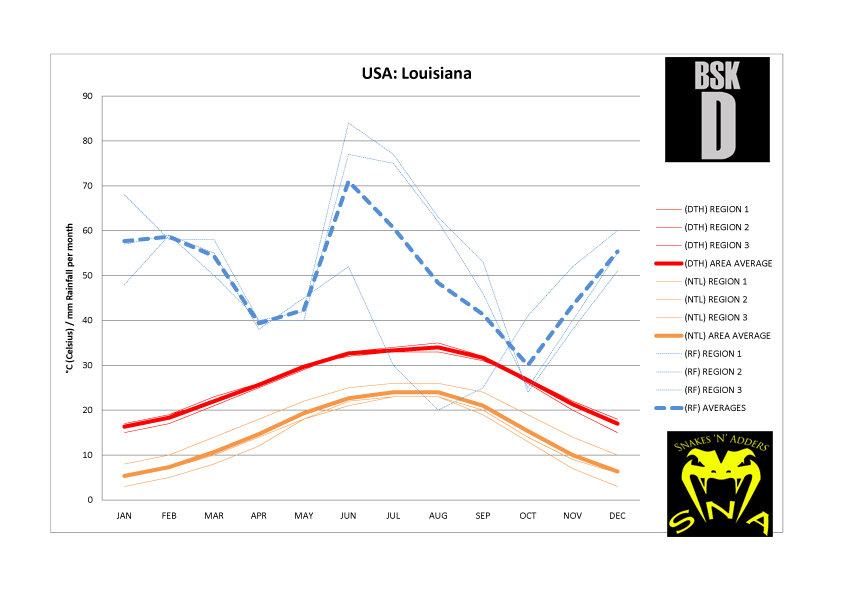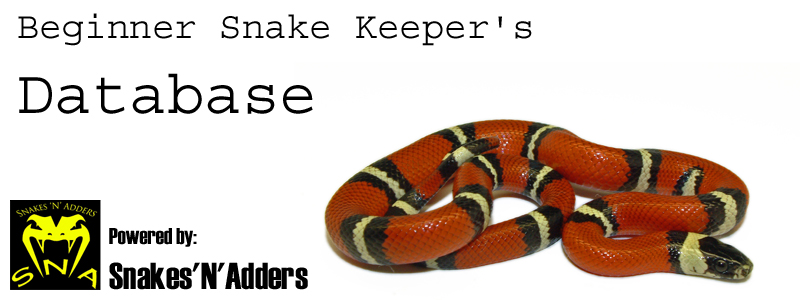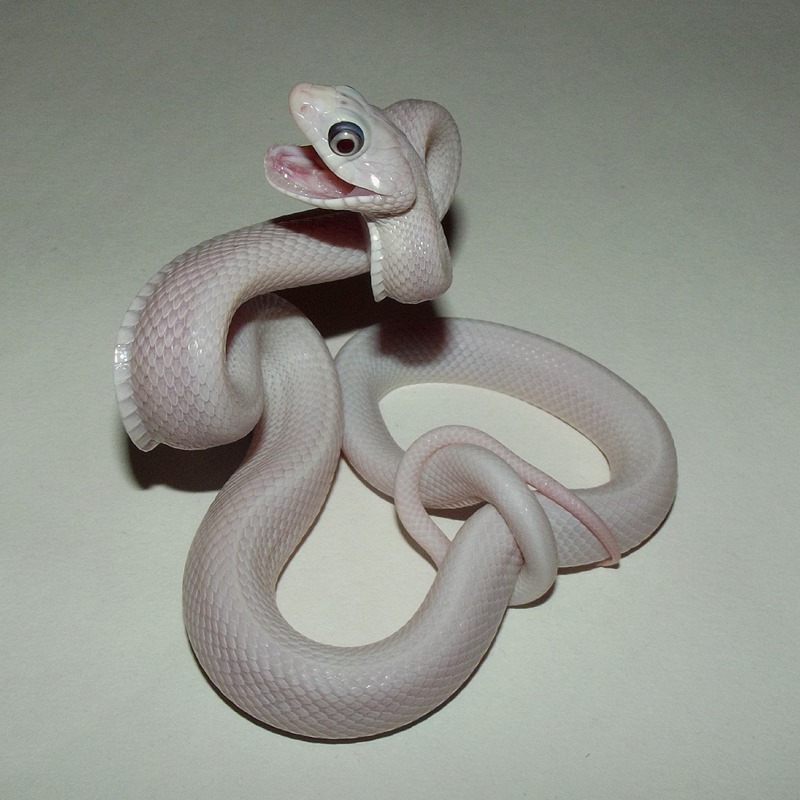
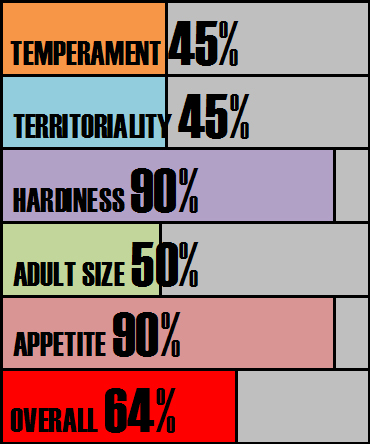

Species Notes based on experiences:
Texas Rat Snakes nowadays compared to what I know a Texas Rat Snake as is somewhat different. Now the existing strong hold of the Texas Rat Snake and the Western part of the Black Rat Snake have been coupled together to create the Western Rat Snake (Pantherophis obsoletus). I find this counter intuitive to what the hobby has been doing for the last 50 years. I intend to deal with the American Rat Snakes and the previously recognised subspecies as they were rather than they are now. You will find many dealers and shops will still operate upon similar lines too. Texas Rat Snakes are heavy robust snakes, they can be strikingly pretty or painfully drab and the changes that create this mix are subtle. Rather than the jet blacks of the Black Rat Snake the saddle colours range from a very dark brown to dark tan, interstitial skin and scale tips carry a large amount of orange. The most sought after are the animals with more orange pigments present. This can be a very pretty snake. Texas Rat Snakes remain saddled throughout their life like the Grey Rat Snake (Pantherophis obsoletus spiloides) For the most part though they are actually probably the least attractive of the American Rat Snakes. They will feed on a range of prey including chicks and bird eggs as well as mice and rats of appropriate size. This snake has a long history in the hobby and has been bred for up to 50 years. That said they were still predominantly wild caught imports in the UK until well into the later 1990’s. Originally this gave them a fearsome reputation. None more than the Texas Rat Snake which was essentially the devil incarnate. Thankfully owing to genetic colour mutations and a mellow captive bred personality their popularity rallied.
Score analysis:
When considering temperament, there has to be two parts discussed. The original wild caught animals were simply demented. Of course other members of the clan could be feisty but none of them held a torch to the Texas Rat Snake. It was scared of no man!. People continued to work with the species particularly to try and reproduce some superb looking mutations in the white sided or Liquorice Stick phase as well as the strikingly beautiful leucistic and albino animals. Thankfully once 3 or 4 generations deep into captive breeding they mellowed considerably. They still are not as steady as say the Grey, Yellow or Everglades but they are vastly improved. Certainly with younger animals you can anticipate tail rattling, rearing up and flattening of the head. The species will also make use of its well developed musk glands if harassed further. Try to be slow and steady with movements and don’t make sudden moves. The sooner the snake begins to understand that you are not a threat the sooner it will begin to calm down.
Territory disputes are more likely to occur than temperament issues. Regardless of how long you have had your Rat Snake they never seem fond of being disturbed and can be quite grumpy about it. This may involve darting to the other end of the enclosure or rattling their tail loudly in the substrate. Whilst this isn’t really a hissing snake they make their displeasure known by raising the front 1/3 of their body into a series of ‘S’s. The head may also be flattened. This is nearly always bluff. Younger animals or animals that have been startled may bite. This will be out of fear. Most of the time once removed from the enclosure these behaviours will decrease. This will be a journey with a Texas Rat Snake. A very rewarding challenge that potentially will see you with a wonderfully tame pet.
Texas Rat Snakes have proven over the years of being kept to be very tough snakes capable of growing and breeding in even the most haphazard of care. They are resilient and do not fall ill easily. Their natural range is often brutal and unforgiving particularly in Northern regions of their range.
The average mature size of a Texas Rat Snake is to around 6ft and animals in excess of 2 metres are rare. This can be an intimidating size snake to work with. Texas Rat Snake proportionally can be very chunky and can carry more mass than any other subspecies. Because of the potential adult size this snake may be better suited to older teens and adults who have the confidence required with larger stronger snakes.
All North American Rat Snakes have a superb appetite. They will accept a range of prey items and grow rapidly. Care must be taken not to create obese animals as they are also willing to feed too well. Of all the things that could go wrong with a pet snake. A rat Snake and its love of food will not be one of them.
Enclosure recommendations:
Tub:
This species is not suitable for keeping in a tub long term
Vivarium:
120cm x 60cm x 60cm
Budget rig: -
60cm x 30cm heat pad
On / off thermostat
Digital thermometer to monitor thermostat performance
Warm hide
Cool hide
Water bowl
substrate
Recommended Rig (Vivarium only): -
250w ceramic heat emitter
Ceramic lamp holder and bracket
Bulb guard
Day night thermostat
Digital thermometer to monitor thermostat performance
Various logs and caves along the thermal gradient
Damp hide (optional)
Climbing and exercise branches
Plants and foliage (live or artificial – your choice)
Water bowl
Substrate
UVB light (8w T5 shade dweller 7% kit from Arcadia or equivalent) (optional)
Subterranean section to vivarium for further psychological security (optional)
Climate analysis:
Northern regions of the range suffer from very harsh winters. Animals from Oklahoma and Kansas are particularly resilient. Texan animals are somewhat more cosseted. Through subsequent generations of captive breeding brumation has featured less and less. Some US keepers just pair them at the right time of year. In the UK I would still encourage a period of no food and cooler temperatures even if only down to 15°c. This will help the male with sperm production ready for the coming season.
Conclusion:
The once wild caught animals had such a fearsome reputation that some form of hangover from those days persists. Whilst captive bred specimens are not angels by any stretch they are a different league of tame compared to the original imports which would have scored around 5% in the temperament section! Nearly all defensive behaviours in captive bred animals are associated with babies. This will abate, it will require time and patience to get the snake to trust you. If you have the time this will b a rewarding journey that will teach you much about establishing relationships with snakes.

